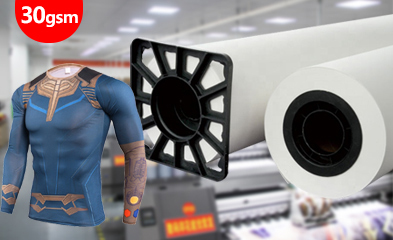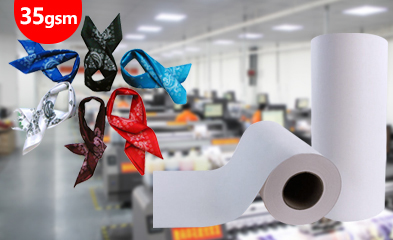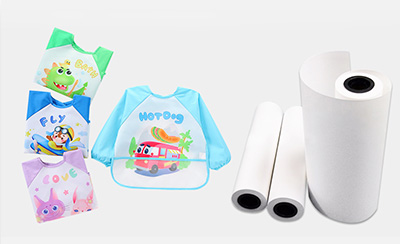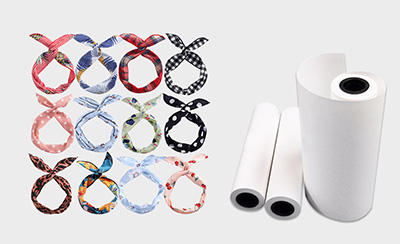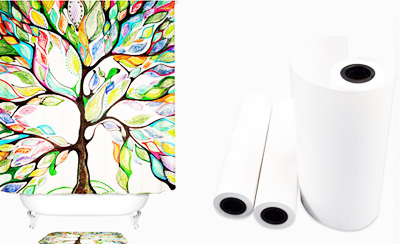HOT SALE
APPLICATION
Contact:Whatsapp:8618268932884 Email:helen.cf@changfatextile.com
1.DTF film
(1)Applicable to various materials
Although direct-to-fabric printing works best on 100% cotton, DTF is suitable for many different clothing materials, including cotton, nylon, treated leather, polyester, 50/50 blends, as well as light-colored and dark-colored fabrics. The transfer can even be applied to different types of surfaces, such as luggage, shoes, and even glass, wood, and metal.
(2)Saving white ink
DTF requires less white ink – approximately 40% white, while DTG printing requires 200% white. White ink is often the most expensive because it is used more frequently and the pigment is titanium oxide. Therefore, reducing the amount of white ink used for printing can save a lot of money.
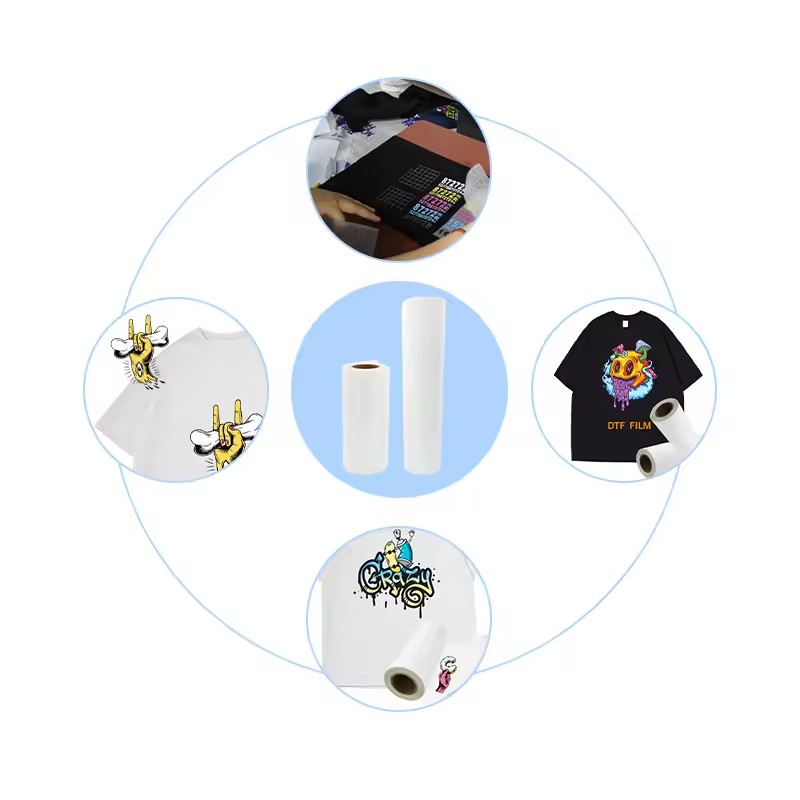
(3)Ease of Application
Printing onto film transfers means that you can place designs on hard-to-reach or awkward surfaces. If the area can be heated, you can apply a DTF design to it! Since only heat is required to adhere the design, you can even sell the printed transfers directly to your customers and allow them to place the designs on any surface or item they choose without the need for special equipment!
2.Sublimation paper
Heat sublimation paper serves as a carrier for transferring images, landscapes, texts, and other graphics onto it using heat sublimation transfer technology. Through heating, the sublimation ink on the thermal sublimation paper sublimates and penetrates into the substrate, allowing patterns to be transferred onto materials such as ceramic tiles, textiles, and metals.
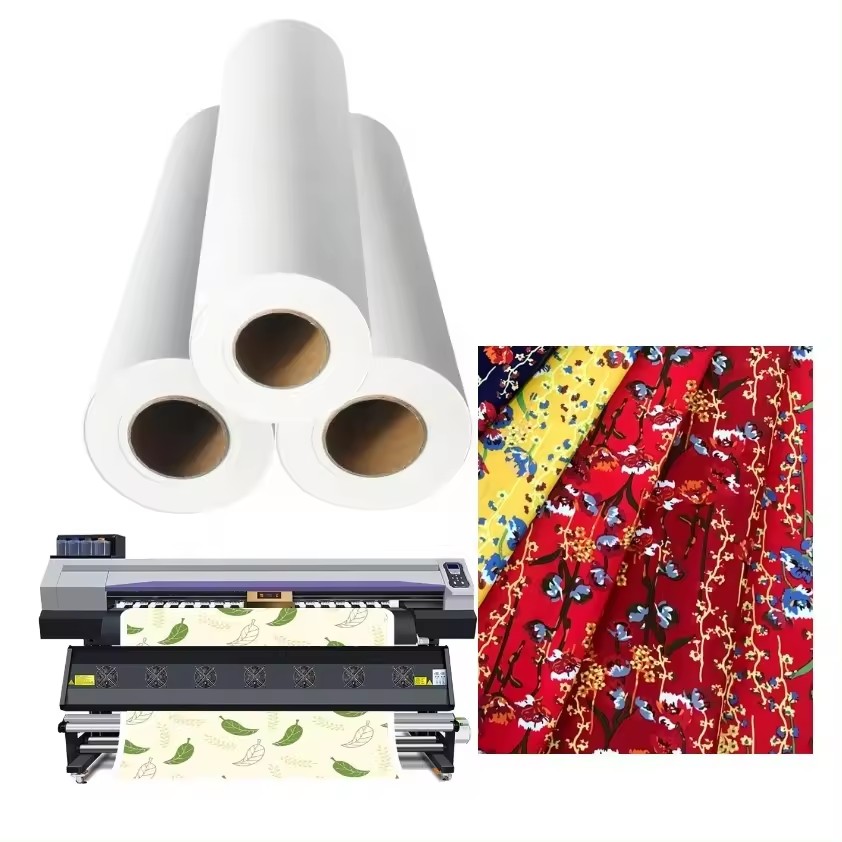
Heat sublimation transfer paper meets the market need for personalization and environmental protection requirements, enabling images to be produced on exquisite porcelain, metal, silk, synthetic fabrics, and other materials in the shortest possible time. heat sublimation transfer paper uses heat transfer ink, which is made of disperse dyes formulated into digital printing ink and printed onto hreat sublimation paper. When heated to around 200 degrees, vivid and realistic images can be obtained. Compared to printed images, these images are more resistant to light and do not easily fade, ensuring long-lasting durability.





